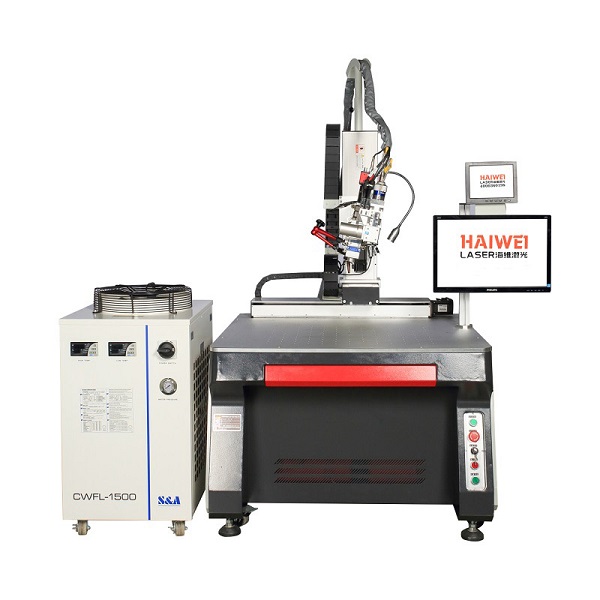The Key Role of Fiber Laser Welding Machines in the Electronics Industry
As electronic components become smaller and more complex, traditional welding methods often fall short in precision, heat control, and repeatability. This is where fiber laser welding machines have become essential in modern electronics manufacturing.

Precision with Minimal Thermal Impact
Fiber laser welding machines deliver a highly focused beam that enables spot welds as small as 0.2 mm in diameter. This level of control is critical for sensitive parts like battery tabs, sensor housings, or connector pins—where excessive heat can damage nearby circuits or alter material properties. The low heat input also reduces warping and discoloration, often eliminating the need for post-weld cleaning.
Reliable for High-Mix, Low-Volume Production
Electronics manufacturers frequently switch between product variants. Fiber laser welding machines support this flexibility through programmable parameters and quick-change fixtures. Operators can store and recall welding recipes for different materials—such as copper, nickel, or stainless steel—ensuring consistent results without manual recalibration.
Integration into Automated Lines
Most modern fiber laser welding machines feature standard communication protocols (e.g., EtherNet/IP, Modbus TCP), allowing seamless integration with robotic arms, conveyors, or vision inspection systems. This makes them well-suited for fully automated assembly cells in battery pack or medical electronics production.
Low Maintenance, Stable Output
Unlike lamp-pumped or CO₂ systems, fiber laser welding machines have no consumable lamps or mirrors that require frequent alignment. The solid-state design offers stable beam quality over thousands of operating hours, reducing downtime and cost of ownership.
For electronics producers seeking a balance of precision, reliability, and automation readiness, the fiber laser welding machine is a practical and scalable solution. When evaluating options, focus on beam quality, software usability, and supplier support for your specific materials and throughput needs.
Recent Posts
- What are the advantages of laser welding machines in lithium battery pack production lines?
- What issues should be noted when choosing a lithium battery pack production line?
- Quality Inspection and Control of Lithium Battery Module Pack Production Line
- Cell grouping and sorting process in lithium battery module pack production line
- What are the safety hazards of lithium battery pack production lines and how can they be prevented?
INQUIRY

